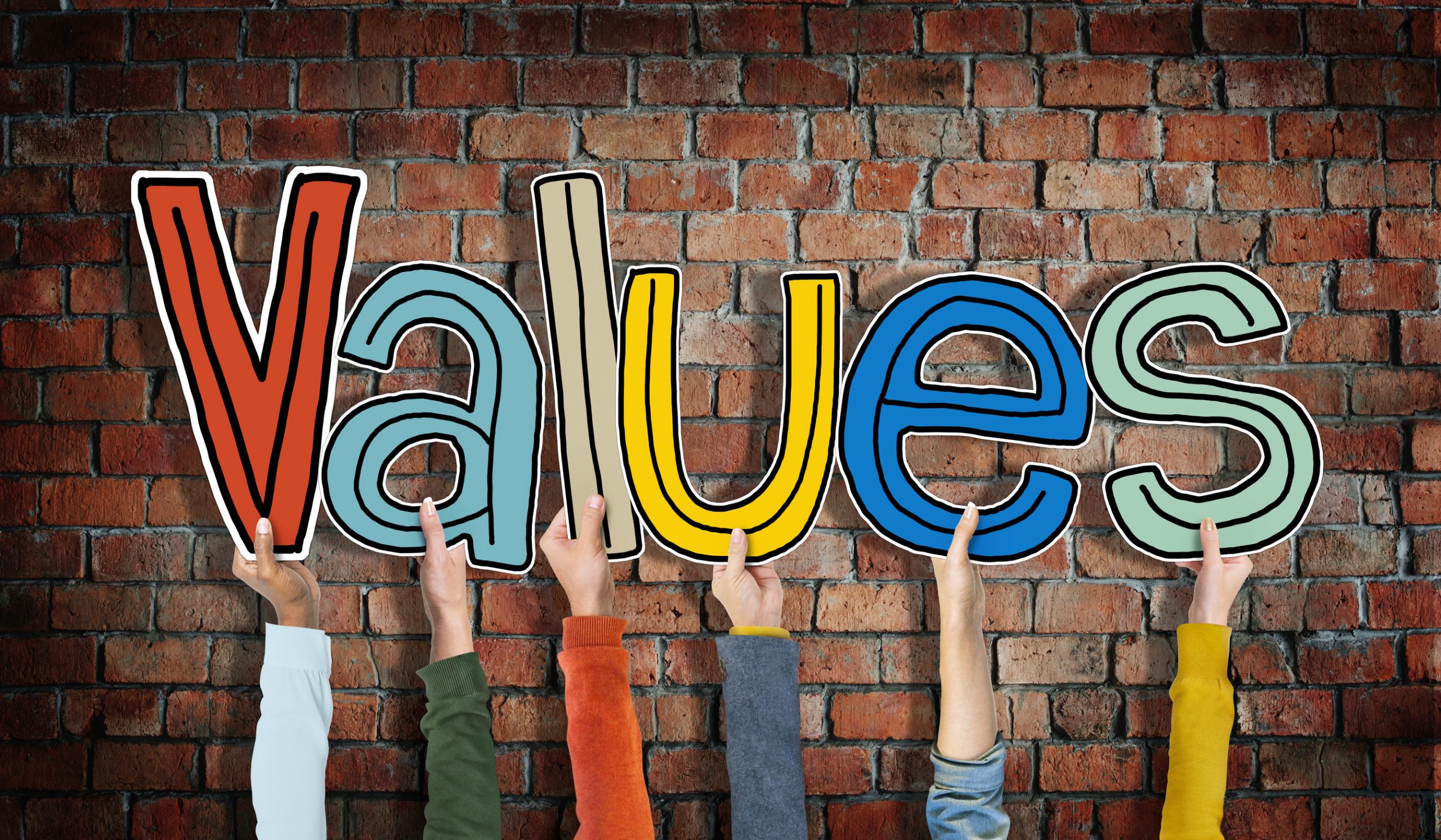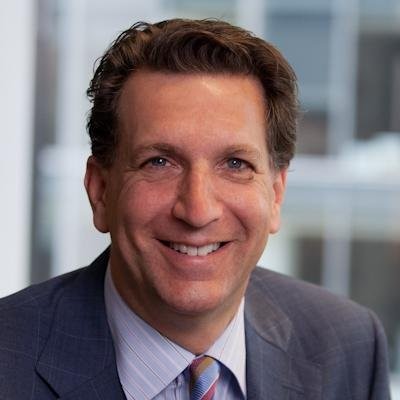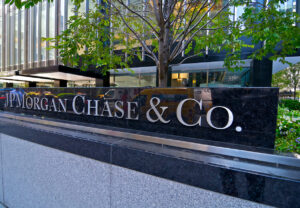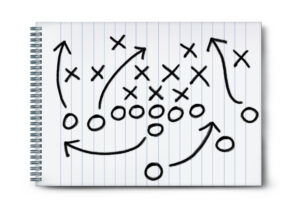Brands can no longer be neutral
Richard Levick offers up raw truths about reputation management and offers tips on how you can position your organization for future success.

Pick almost any public affairs issue out of a hat and Richard Levick will not only share his unvarnished opinion but he will back it up with a passionate accounting of historical truths that make the listener a true believer.
As the chairman and CEO of LEVICK, a global crisis, public affairs and litigation agency based in Washington, D.C., Levick muses on a few current issues we selected out of the Ragan hat. The longtime agency leader doesn’t disappoint.

Let’s start with the communicator’s role during this dual crisis of pandemic and social unrest.
“The only way to have a seat at the table is to earn it,” says Levick, an attorney by trade whose firm has led communications strategies related to the Catholic Church, Guantanamo Bay, more than 150 product recalls and the largest environmental disaster in the past decade. He sees communicators as key participants in the corporate board room. “If you don’t have a seat at the table now, then you’re never going to get it.”
The ongoing social justice issues being debated in our country are exposing the strengths and weaknesses of organizations and their brands.
“Companies want to do the right thing, but many don’t know how,” he says, referring to organizations’ stepped-up diversity, equity and inclusion efforts. “They have to wake up to the fact that diversity and inclusion is not a ‘thing’ that’s going away. We had far more people protesting during Black Lives Matter than during the Vietnam War. Think about that.”
Levick advises brands to identify and understand their “tribe” and communicate and connect in ways that matter to those constituents. He points to Apple as a quintessential example of a brand that gets inside the mind of a consumer, the first computer company to display its logo on the machine’s exterior and to put a high premium on design. Starbucks, he offers, is another brand that has not only connected with its consumers but changed their habits and ways of speaking. “Starbucks forced you to learn a new language,” says Levick, reeling off a little Italian by way of latte macchiato, grande and venti.
Levick contends that brands cannot be apolitical, as consumers now expect companies to be consistent with their corporate values. “It’s no longer about shareholders; it’s about stakeholders,” he says. “In a movement, companies need to realize that their marketing and advertising are no longer neutral.” (See Levick’s 10 Imminent Changes for Comms.
Those looking to lead should always look to read, to open their minds to new voices and viewpoints and self-educate. “Read everything, including your brand’s history, and learn other perspectives,” advises Levick.
As for recruiting more Black people and other minorities and then fostering a culture of inclusivity, Levick warns communicators against metrics that are quota-based. “Diversity isn’t a quota—we have goals but once we make it a quota, we stop independent thinking. Recruitment is a mission not a goal. Work closely with Historically Black Colleges and Universities. Work with charities that make a difference in diverse communities that give people a chance to exceed their grasp.”
Levick views the business community as the one “saving our Democracy” and points to historical precedent, such as when J.P. Morgan secretly convened a group of bankers in his mansion during the Bank Panic of 1907, ultimately leading to the creation of a central bank and the Federal Reserve. “It will be companies that are going to step up and understand that the mercantile class is the last great bastion of democracy.”
Like most organizations in the past six months, the annual budget has been torn up and burned and agencies such as LEVICK have faced considerable budgetary challenges. Whereas in previous years, a good first quarter set up an agency for a healthy year, right now Levick says he’s working with more clients on a monthly or hourly basis. “Agencies find themselves husbanding resources very carefully.”
The upside to this instability is the increase in cross-agency collaboration and loyalty among clients, says Levick. In hot business climates, clients tend to leave more quickly for another agency. But in terms of securing new clients, Levick compares it to high school dating: “You’re the one, but can we wait another five or six months?”
For potential agency clients, there’s a lack of urgency to commit to a new firm, he says, and you end up giving away more intellectual capital in sales calls. To wit: “If you watched the Julia Child cooking show, you didn’t need to buy the cookbook.”
Media coverage—or lack thereof these days—is another silver lining Levick has spotted during this crisis-ridden year. Between the pandemic, social justice issues and the upcoming election, it will continue to be more challenging to get press for stories not related to those topics. A positive outcome of this, especially for business reporting, is that the bad stories don’t last as long in the public. “President Trump and the election get so much media attention, there are far fewer reporters and less time to cover business stories.”
Whether you’re a communications leader focused on media relations, internal communications or brand management, Levick advises spending time understanding your greatest strengths and to obsess over strategy rather than tactics. “Find your purpose and what you are great at,” he says. “If you can see what’s coming next, you have value to your organization.”
Levick, who has landed on the list of the “100 Most Influential People in the Boardroom” by the NACD and Directorship Magazine many times and has been named to multiple Halls of Fame for lifetime achievement, has mastered the art of slowing down as well. He cherishes the rocking chair on his back patio overlooking a national park and the procession of wildlife, from foxes to owls to wolves and coyotes. “I try to get as close to God as I can. Nothing like walking in the woods to heal you. You have to connect with nature.”
Get more insights to manage through our precarious future and network with peers to discuss solutions to your latest problems by joining Ragan’s Crisis Leadership Network.








The key to doing “the right thing” for a client is doing the right thing for THE PUBLIC.
Whether we are enduring a pandemic, the peril of an economic pandemic or the frequent reality of street violence, clients and the public alike want to know who can PROTECT us. Just as infants need protection against discomfort provided by parents who give clean diapers and nourishing food, consumers need the protections provided by good products, voters need the protection of good laws, and whole countries even if headed by powerful leaders need the protection of alliances with more powerful countries so that other counties don’t attack and activists don’t rebel.
The role of PR is to communicate the truth about protection available so that consumers, voters and countries can see where they can best turn for protection.
Protection can help the public not only to gain the positive but to avoid the negative. A consumer welcomes the protection of a deodorant spray “to avoid offending.” Major companies, to avoid unduly harmful laws, need the protection of public information on how each company is serving the public interest. The Bible is certainly correct that all have sinned and come short of the glory of God, and just as we cherish doctors who protect us and military heroes who protect us, the public strongly favors companies and countries that protect us.
Just as consumers successfully use sprays, companies and countries are guided by PR to use public service projects and information programs that identify the companies and counties as protectors against not just the odor of scents but against the ardor of activists who may want to look like helpers of some people by actually being harmers of many others.
We can judge how well this works when we foresee the massive goodwill that will be earned by drug companies learning to kill viruses to protect our lives and rescue the public from the pandemic that endangers each of us. At the world’s top hospitals like Mayo Clinic, Johns Hopkins and Memorial Sloan Kettering Cancer Center, great research teams may be enthusiastically supported by PR-guided companies and countries whose generosity protects the public and the donors alike.
Crisis communication experts—at companies. corporate and association PR departments, great PR firms and including communicators hired from Ragan’s Crisis Communications Roundtable—are protecting clients against PR disasters by showing how these clients protect the public in ways that over 200 million Americans may see as almost a blessing.
The key to successful crisis PR is protection. Protection of the public by companies and countries that genuinely care about the public, and protection of clients by PR teams that correctly identify their organizations as public protectors.